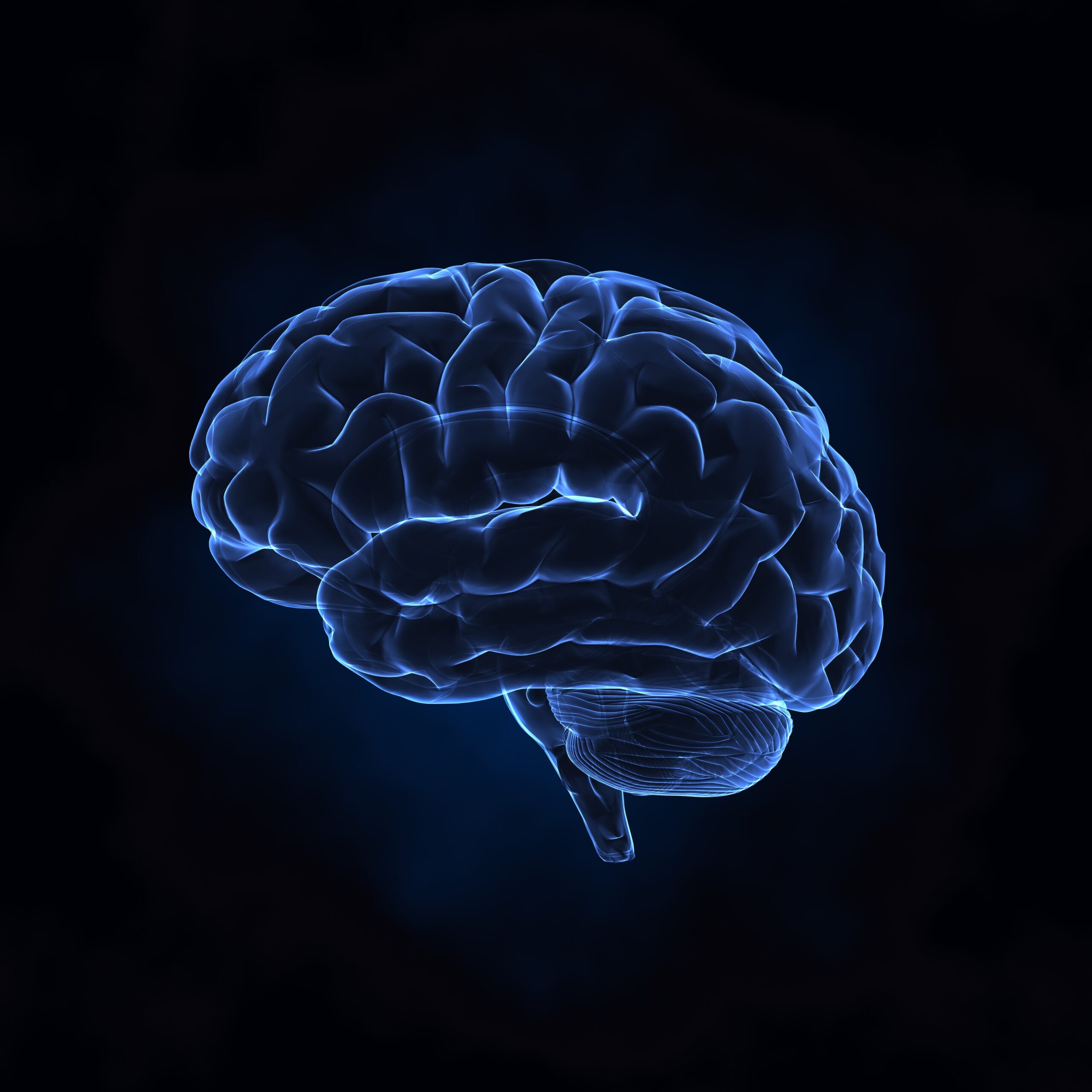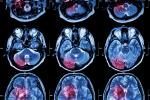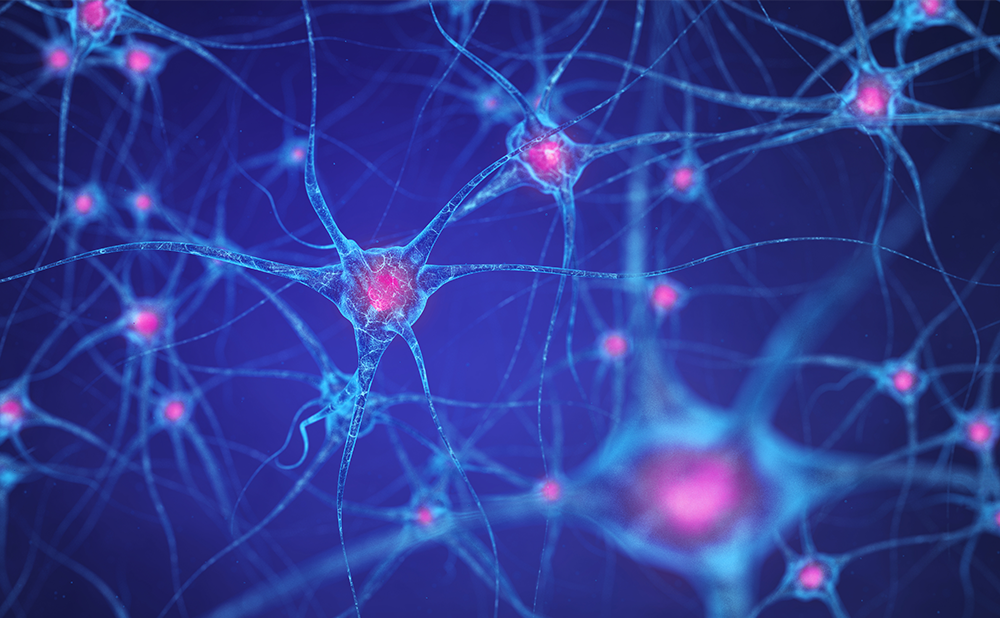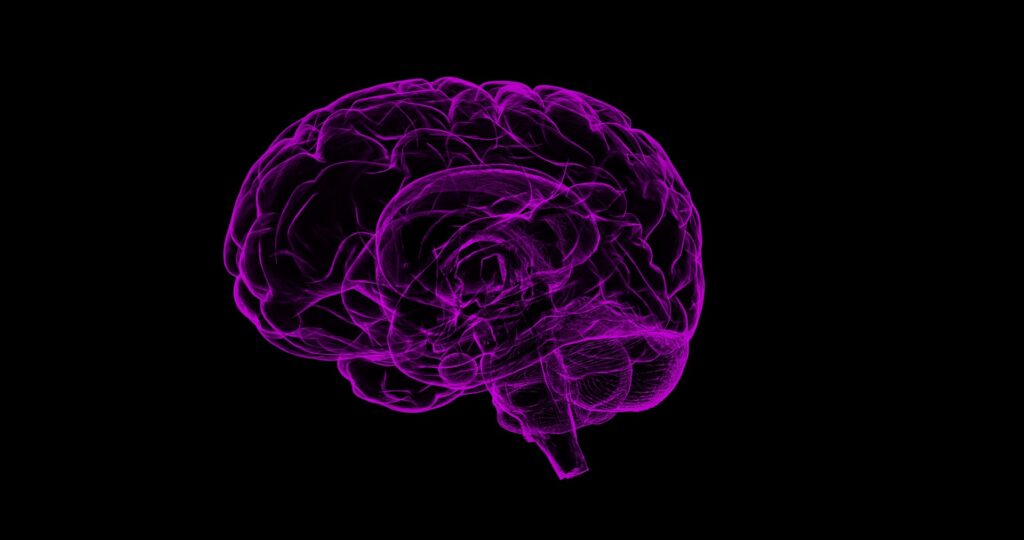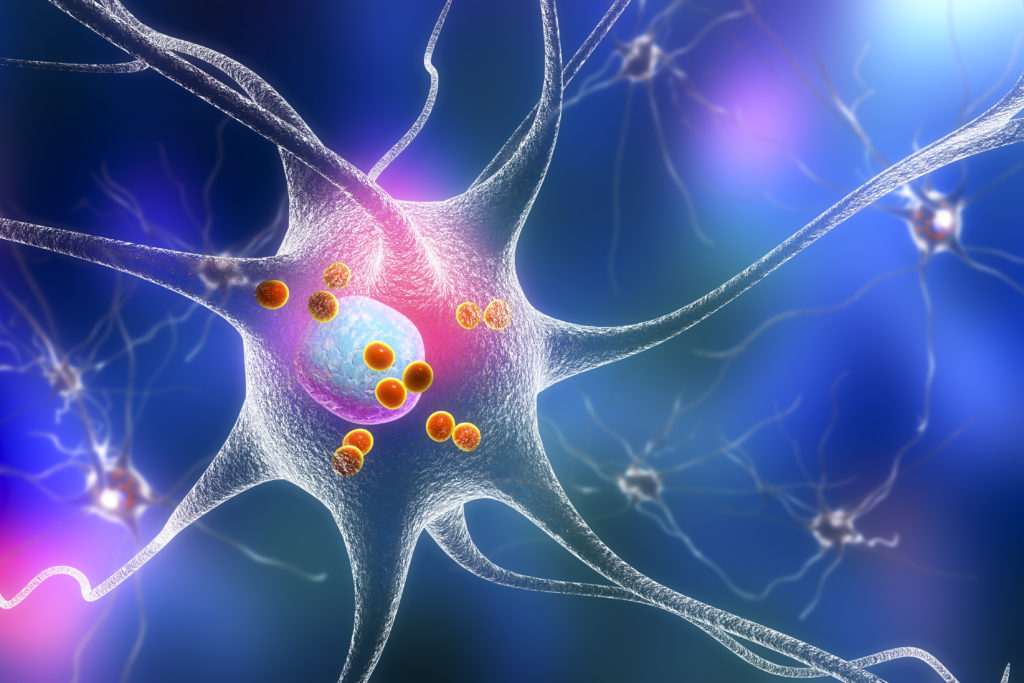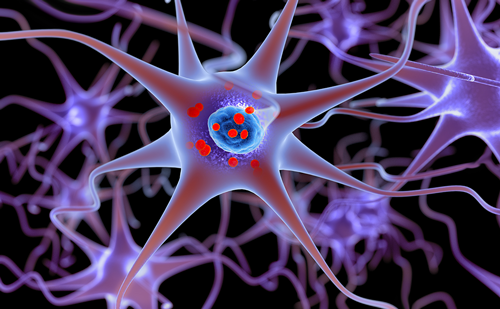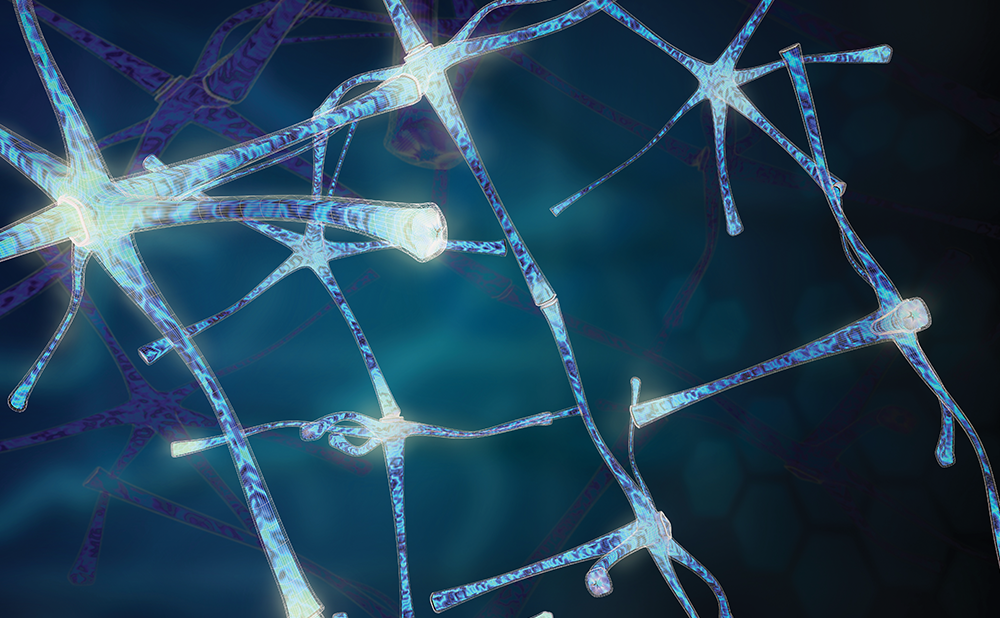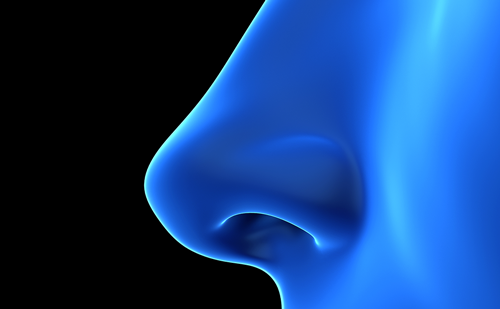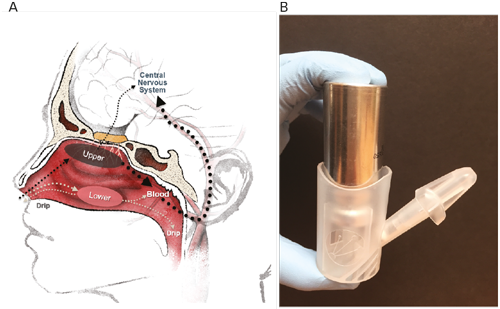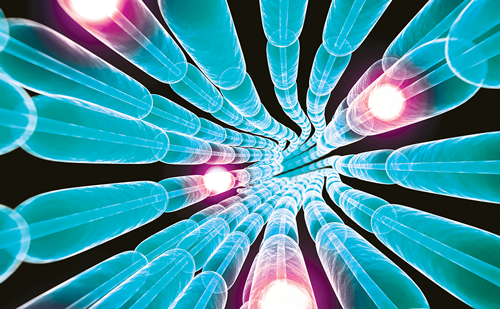Parkinson’s disease (PD) is a serious chronic neurodegenerative disease with no cure that affects all aspects of daily living. It is the second most common neurodegenerative disease after Alzheimer’s disease, with an incidence forecast to double by 2050, primarily as a result of an ageing population. The gold standard of treatment, levodopa, has been widely available to patients since the 1960s, but some of the recently developed advanced therapies are still underused and inaccessible to many patients. While ongoing research has resulted in significant improvements in management, more is needed to delay, stop or even reverse PD.
To view the full article in PDF or eBook formats, please click on the icons above.

